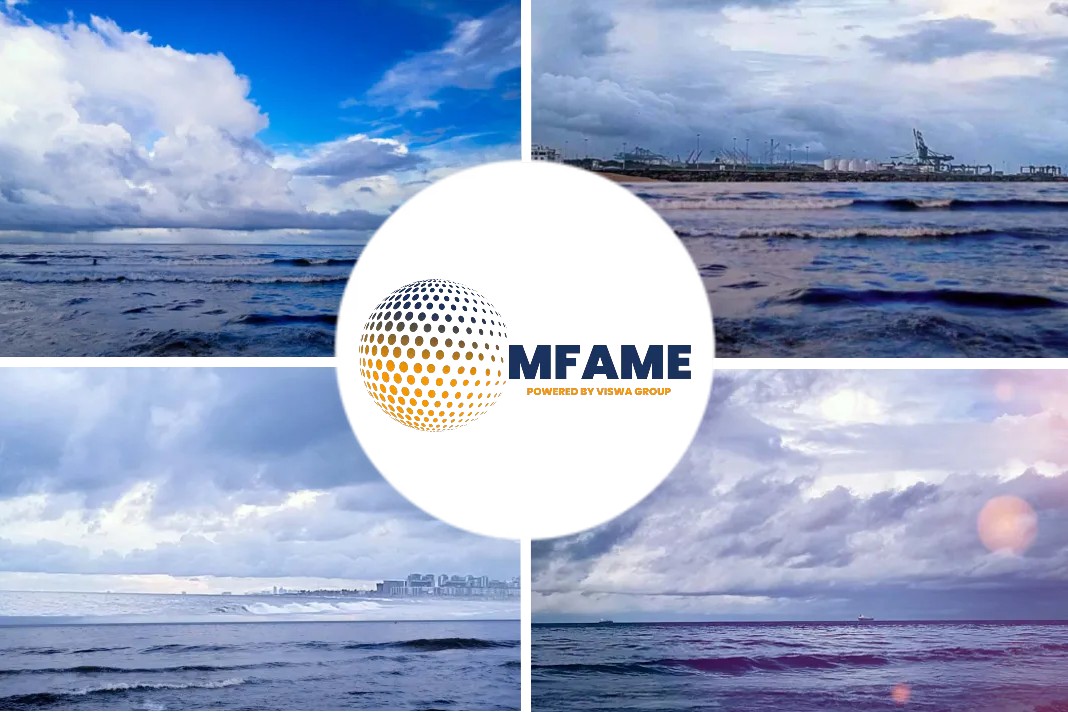A recent article, published in Freight Waves highlights how drones are important in port regulation and how it’s going to increase in the coming years.
Here’s an excerpt from the article.
How drones help?
Until the advent of drones, helicopters were the only option for aerial tasks that required remaining stationary in midair or called for low-flying flexibility not offered by airplanes. But the use of helicopters has occasionally resulted in fatal crashes like a 2017 crash at the Port of Los Angeles that killed both the pilot and a photographer who was taking pictures of cruise ships.
In response to the accident and to technical innovation in general, the Los Angeles Port Police recently gave a presentation to the Los Angeles Harbor Department, extolling the benefits of drones for mapping and photography assignments that would otherwise require a helicopter with a human pilot.
The December 19, 2019 meeting was the final step in an ongoing plan to deploy the drones. The Port Police and Harbor Department already have seven such drones and have been conducting training exercises.
Technology use by ports increase
Drone use is just part of a larger picture of the technological bonanza occurring at ports around the globe right now, with new technologies and integrations that have been spurred by the rise of globalization and ecommerce. The technologies range from blockchain-enabled record-keeping to automated operations made possible by the internet of things (IoT). But drones are having a particularly immediate and potent impact.
The U.S. Coast Guard has already started deploying drones to inspect hard-to-access navigation markers, along with equipping its cutters with intercept drones that will aid the cause of slowing the proliferation of drugs into the U.S. One such drone, the ScanEagle, has already assisted in seizing almost 1,700 kilograms of contraband valued at $55 million and contributed to the arrest of 10 major drug traffickers.
In addition to mapping/photography assignments and security and surveillance, the port drones will be useful in search-and-rescue missions that could imperil a human crew. Port authorities have even contemplated their use in thwarting suicide attempts by delivering phones to individuals who are about to jump from a bridge into the waves below, which sadly is a somewhat common port tragedy.
Another useful service provided by drones will be the deployment of small timely items needed onboard vessels anchored in port. These drone-drops are already in use in Singapore, which uses Skyways drones made by Airbus to deliver goods to nearby ships. Though currently these drone-drops are limited to 4 kilograms of material within a few kilometers, they speed up shore-to-ship deliveries as much as six times and reduce costs by as much as 90% – while eliminating the risks of human-manned launch-boat deliveries.
Sniffing out violators of IMO 2020
But with the start of IMO 2020 – the new low-sulfur fuel mandate that began on January 1st – another area where port drones will now be utilized is in the attempt to sniff-out environmental violators. These sniffer-drones will likely prove the most efficient way to enforce increasingly tight standards focused on shipping-based pollution. The sniffer-drones do their work by flying through the smoke plume of a ship and analyzing how much sulfur is in the fuel in a scan that can take as little as two minutes.
Port authorities in Denmark, Hong Kong, the Netherlands and Norway have already been testing drones that travel as far as 10 miles out to sea in order to catch offenders. With tens of thousands of container ships and tankers coming and going, these drones can alert port authorities to those ships might need to be boarded for a manual inspection. The findings of the drones are not admissible in court, but they can lead to collecting fuel samples that are. In some locations like Singapore violators could be grounded for up to two years, under arrest for violating IMO regulations.
Did you subscribe to our daily newsletter?
It’s Free! Click here to Subscribe!
Source: Freight Waves















![[Watch] Crazy Power Needed to Move World’s Largest Containerships](https://mfame.guru/wp-content/uploads/2023/11/mfame-tanker-100x70.jpg)

